Saint Nagarjuna (h Phags-pa kLu-sGrub ) was one of the Two Excellents of the Buddhist world (mChhog-gNyis) who was born in a wealthy Brahmin family of Vidarbha in south India during 1-2 century AD. His incarnation was prophesied by Buddha Shakyamuni (Sangs-rGyas bChom-lDan-hDas). He was a contemporary and friend of the Satavahana King Gautamiputra Yajna Sri who ruled between 62 and 86 AC. His life span was found astrologically short and in order to increase his life span, his father made him recluse.
Nargajuna studied at the most famous Buddhist University of Nalanda under the tutelage of the great sage Rahulabhadra and mastered all the faculties of studies open at Nalanda at that time. He was ordained and remained for sometime as a monk of the Sarvastivada sect (Theg-dMan) and then joined the Mahayana Theg- Chhen).
He travelled far and wide and covered all places of pilgrimage from the Himalay in the north to the seas in the south of India. During this sojourns, he discovered the records of Buddha Shakyamuni’s secret sermon on Transcendental Wisdom (Prajnaparamita/Sher-Phyin) among an obscure tribe with serpent totem.
Right from the time of Nirvana, there was a persistent rumour through generations that the Buddha had preached a higher truth to a select few and that this truth was to be revealed after a passage of five centuries from the Nirvana, i.e. the higher truth was to be propagated only when the believers had practiced the lower truth. Nagarjuna who flourished four to five hundred years after the Parinirvana claimed to have found the records of the higher truth from the Nagas (Serpents).
The story of the discovery of the records of Buddha Shakyamuni’s secret sermon on Transcendental Wisdom (Prajnaparamita/Sher-Phyin) is well known to all Mahayanists. Buddha Shakyamuni expounded the Absolute Truth (Paramatha Satya) i.e. Transcendental Wisdom to a select few and enjoined that this teaching and knowledge must be kept a secret from the others. The others must follow and practice the Preparatory or Relative Truth which Buddha Shakyamuni preached in his public sermons before they could aspire for any sublime knowledge. A period of five hundred years from the time of the Nirvana was considered necessary for the mastery of Preparatory Truth.
Nagarjuna did not ignore the hearsay that the secret sermon of Buddha Shakyamuni was preserved among the Nagas for a period of five hundred years. His adventure led him to the neither region. He entered the palace of the serpent king (Naga-raja/kLu-hi rGyal-po) and demanded the scripture worshipped on the altar. The serpent king refused to part with what he and his forebears so diligently protected from loss or leakage for five hundred years. The serpent king hissed at Nagarjuna and chased him out of the palace. Nagarjuna returned to the surface of the ocean and while he was resting there the serpent princess (Nagakanya/kLu-hi Bu-mo) out of compassion for mankind stole the scripture from the palace chapel and brought it over to Nagarjuna which he revealed to the world as desired by Buddha Shakyamuni. Nagarjuna’s revealation of Prajnaparamita to the world was the Second Turning of the Wheel (Expounding the Law).
The doctrine of the secret sermon on higher truth (Prajnaparamita/Sher-Phyin) may be expressed thus: The believer should constantly practice the six paramitas (virtues) with full awareness of unreality of all phenomena. He is to strive for the enlightenment and liberation of all beings.
It is relevant to note here that those who accepted the (Prajnaparamita/Sher-Phyin) as the Buddhavacana (the word of the Buddha) formed the Vehicle known as Mahayana (Bigger Vehicle) whereas those who refused to accept this, remained. Sarvastivadis, were called Hinayana (Lesser Vehicle) by Mahayana and are now known as Theravada.
Nargarjuna remained as the chief abbot of Nalanda for a long time. His second home was the land of the two rivers i.e. Godavari and Krishna where he spent the last part of his life. Although his main residence was at the Sriparvata but he was at Dhanyakataka which was a famous seat of learning. He was a stounch disciplinarian and remained a landmark in the history of man’s morals.
Nagarjuna was a great scholar, teacher, exponent, organizer and a sage who realized the illusion of mundane existence. The archaeological remains of Amarvarti and Nagarjunakonda contain traces proving his administrative and organizing abilities. He was also keenly interested in scripture, arts and architecture.
As the pioneer of the Madhyamika philosophy (central position) after Buddha Shakyamuni, he founded the Madhyamika school of Buddhist philosophy and of the lineage of the profound teachings and practices of emptiness (gambhiradar-sanatantra/Zab-Mo ITa-brGyud) which came from Manjushri, Nagarjuna and Chandrakirti which mainly exphasises the wisdom aspect of the teachings.
The following books authored by him are found in 225 volumes of commentarial canon (bsTan-hGyur) and are accepted by all schools of Mahayana Buddhism and any quotation on any point is accepted by all:
I Letter to the king Gautamiputra (Suhrllekha/bShes-Pahi s Prings-Yig)
II Commentary of Manners called The Tree of Wisdom (Prajna Danda/Shes-Rab sDong-Bu)
III Collection of six treatises on Middle View or Way (Sad yuktisastra/Rig- Tshog-Drug) which are:
(i) The Fundamental Treatise on the Middle Way (Prajnamula/dBu-Ma-rTsa-Ba She-Rab)
(ii) The Precious Garland (Ratnavail/Rin-Chhen-Phreng-Ba)
(iii) The Sixty Verses of Reasoning (Yuktisastra/Rigs- Pa Drug- Chu- Pa)
(iv) The Seventy Verses on Emptiness (sTong-Nyid-bDun-Chu-Pa)
(v) The Refutation of Wrong Views (Vigaravyavartani/rTsod-bZlog)
(vi) The Thorough Investigation (Vaidalyasutra/Zhib-Mo rNam-hThag)
Nagarjuna had seven spiritual sons (sapta nagarjunaurasa/kLu-sGrub-Kyi Thugs-Sras-bDun) who up-held his teachings. They were:
(i) Sakyamitra (Shah-Kya Mi-Ta)
(ii) Nagabodhi (Nah-Ga Bho-rDi)
(iii) Aryadeva (hPhags-Pa-Lha)
(iv) Matanga (Ma- T’ang-Ki)
(v) Buddhapalita (Sangs-rGyas-bsKyangs)
(vi) Bhavaiviveka (Legs-lDan-hGyed)
(vii) Asvagosa (sLob-dPon rTa-dByangs)

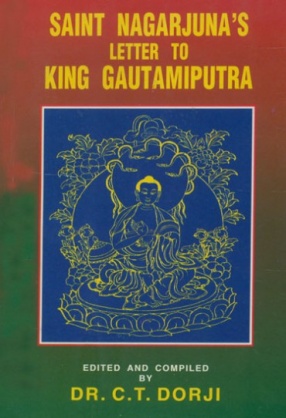
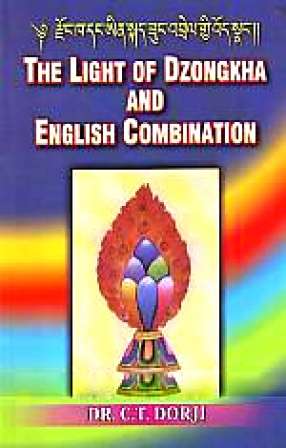

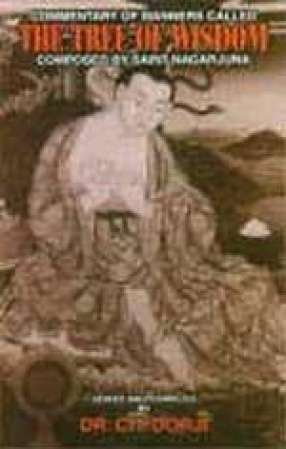
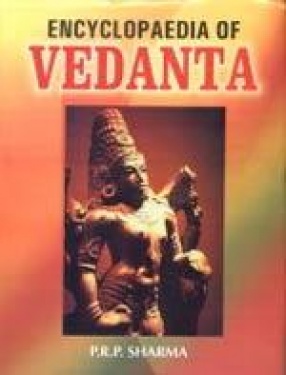
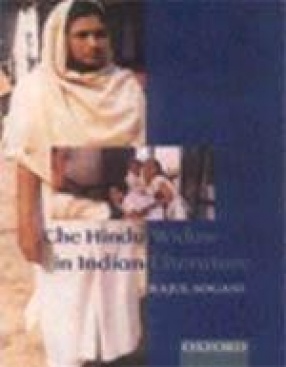
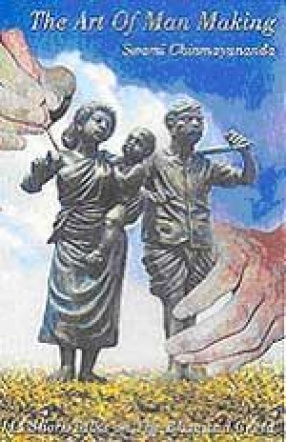
There are no reviews yet.